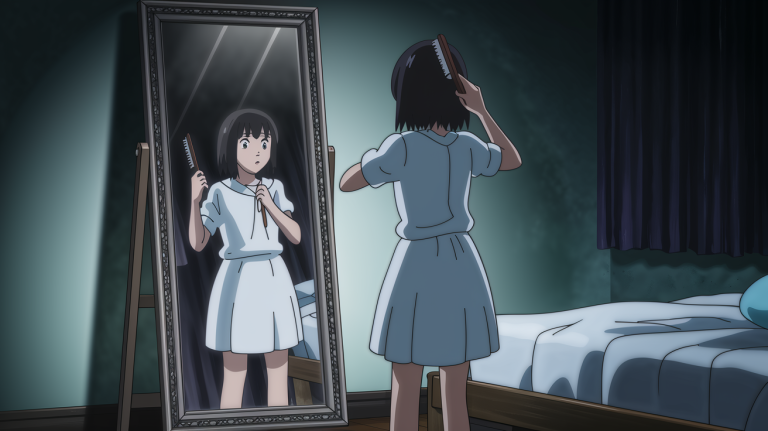Can Plant Jokes Be Used to Teach Kids About Gardening?

Ready to sprout some laughter while planting seeds of knowledge?
Plant jokes might be the secret ingredient to make gardening fun for kids. These corny quips about flowers, trees,
and veggies can do more than tickle funny bones – they can nurture a budding interest in nature.
Imagine giggling over silly puns while digging in the dirt or learning about photosynthesis through a punchline.
This clever approach mixes humor with hands-on experience, making lessons about plants stick like pollen to a bee. Kids can absorb
gardening basics without realizing they’re learning by pairing chuckles with chlorophyll. So, can plant jokes teach kids about gardening?
Let’s dig into this growing trend and unearth the potential of comedy in cultivating young green thumbs.
Do Plant Jokes Teach Kids?
Plant jokes create a fun and engaging learning environment. These playful quips can turn a regular gardening lesson into an exciting adventure for kids.
They help retain interest and make the learning process enjoyable. Children who laugh while learning are likelier to remember the information and stay engaged.
Jokes can only introduce complex gardening concepts.
Puns and wordplay can break down tricky ideas about plant growth, making them easier for young minds to grasp.
Top Plant Jokes for Little Ones

1. What Kind of Tree Fits in Your Hand?
A palm tree.
This joke plays with the word “palm,” referring to both a part of the hand and a type of tree. It can help kids remember the name of this tropical plant species.
2. Why Did the Gardener Plant Light Bulbs?
He wanted to grow a power plant.
This pun introduces the term “power plant” and can lead to talks about different types of plants, both in nature and human-made structures.
3. What Is a Tree’s Favorite Dinosaur?
The Tree-rex.
By combining “tree” with the famous T-rex dinosaur, this joke can spark interest in both plant life and prehistoric creatures, encouraging curiosity in multiple subjects.
4. What flowers grow on faces?
Tulips (Two-lips).
This joke uses the word “tulips,” which sounds like “two lips.” It can help kids remember the name of this flower while they think about facial features.
5. Why Was the Cucumber Mad?
Because it was in a pickle!
This pun introduces the concept of pickling and can lead to discussions about how vegetables are preserved. It also teaches kids about different cucumber states.
6. What Did the Big Flower Say to The Little One?
You’re growing, bud!
This joke uses “bud” for a young flower and a friendly nickname. It can spark talks about plant growth stages and how flowers develop from buds.
7. What Kind of Socks Does a Gardener Wear?
Garden hose.
This pun plays on “hose” as both a gardening tool and a type of sock. It can help kids learn about different gardening equipment in a fun way.
8. How Excited Was the Gardener About Spring?
He was so excited he wet his plants!
This joke uses wordplay with “wet his pants” and “plants.” It can lead to discussions about proper plant care and the importance of watering in gardening.
9. Why Did the Tomato Turn Red?
Because it saw the salad dressing!
This joke introduces the concept of tomato ripening and can spark talks about how fruits change color as they grow. It also touches on different salad ingredients.
10. How Do Trees Get onto The Internet?
They log on!
This pun combines “log” (a part of a tree) with “logging on” to the internet. It can lead to conversations about trees, wood products, and modern technology.
Benefits of Using Jokes in Teaching Gardening
1. Increased Engagement
Kids are more likely to participate in gardening activities.
Humor makes the learning experience memorable.
2. Enhanced Learning
Jokes simplify complex concepts.
Repetition of jokes reinforces learning.
3. Social and Emotional Benefits
Builds a positive and fun classroom environment.
Encourages creativity and critical thinking.
How Can Jokes Be Educational?
Vocabulary Building
They are learning the names of plants and gardening tools.
Jokes can introduce new words in a fun way, making it easier for kids to remember plant names and gardening equipment.
For example, “What’s a flower’s favorite kind of pickle? Daffodils!” This joke helps kids learn the word “daffodil” in a memorable way.
Concept Introduction
Photosynthesis, plant parts, and growth processes. Complex ideas become more digestible when presented through humor.
A joke like “Why did the tree go to the dentist?
To get a root canal!” can lead to discussions about tree roots and their function, making the learning process more engaging and less daunting.
Environmental Awareness
They are understanding plant needs and ecosystem roles. Jokes can spark conversations about plant care and environmental impact.
For instance, “Why do trees hate going to school? Because they’re always getting stumped!”
This can lead to talks about deforestation and the importance of trees in our ecosystem.
Conclusion
Plant jokes are more than just silly puns – they’re powerful tools for teaching kids about gardening.
These green giggles make learning fun and memorable, helping young minds grow alongside their plants.
Using humor, we can simplify complex gardening concepts and increase engagement in outdoor activities. Jokes teach kids about plants and nurture creativity and critical thinking.
So, next time you’re in the garden with children, don’t forget to sprinkle in some plant-themed humor. It might just be the secret ingredient to cultivating a lifelong love for gardening.
Remember, laughter is the best fertilizer for growing young minds!
Why not ask your kids, “Whatkind of tree fits in your hand?” The answer might plant a seed of curiosity






